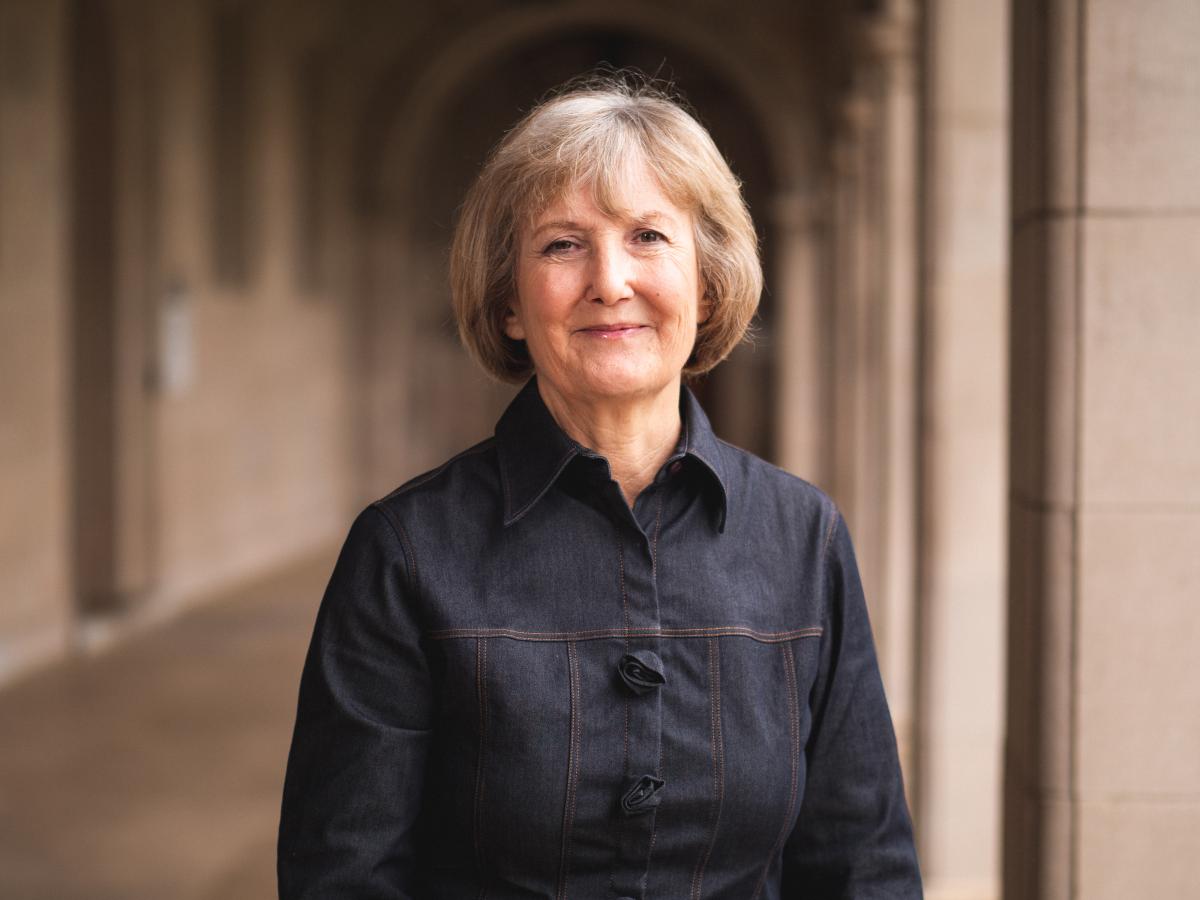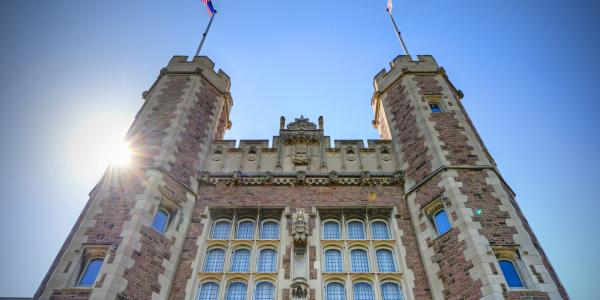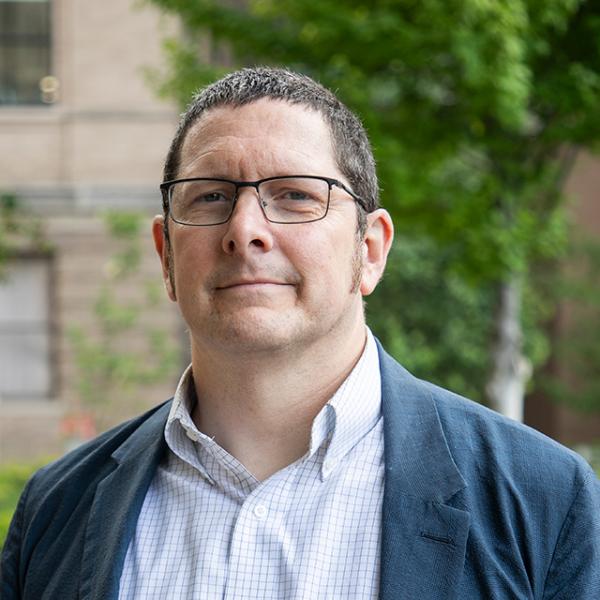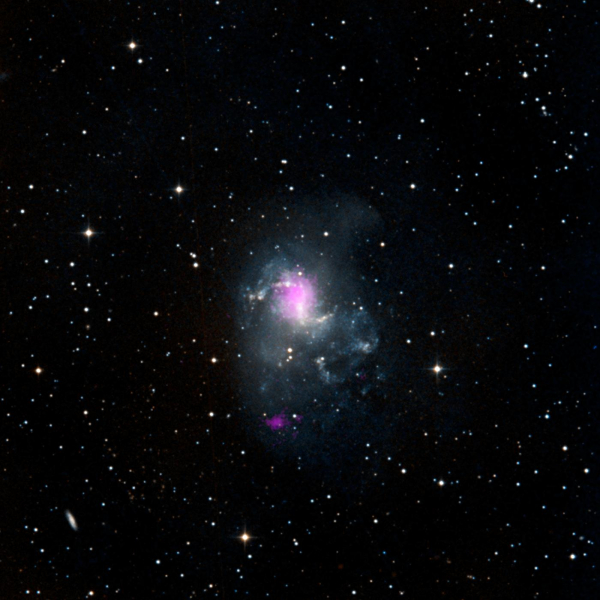As the academic year comes to a close, six faculty members entering full retirement reflect on favorite moments and noteworthy achievements from their careers in Arts & Sciences. Congratulations to all faculty entering full and phased retirement!
Miriam Bailin
Department of English

Miriam Bailin joined the faculty of the Department of English in 1988 and went on to serve as the department’s first female chair. A specialist in Victorian literature and culture, she is the author of The Sickroom in Victorian Fiction: The Art of Being Ill.
In addition to teaching courses like “Theory of the Novel” and “The 19th-Century European Novel: Ambition and Desire,” Bailin has devoted much of her time to working with graduate students on their dissertation research. Looking back at her career at WashU, she recalls that “working with students individually, undergraduate and graduate, on their writing projects, has been a particular pleasure.”
Going forward, Bailin looks forward to “reading unrestricted by time considerations, to traveling, and to spending more time, as the politicians say, with my family, soon to include a grandchild.”
Robert Binns
Department of Physics

Robert Binns joined the Department of Physics in 1980, but his involvement with WashU goes back even farther – he started collaborating with Martin Israel and Joseph Klarman on cosmic-ray experiments in 1969. The field of physics and the technology used to make measurements and analyze data have change dramatically since then, says Binns.
“The first cosmic ray experiment that I participated at WU was in collaboration with Marty Israel, Joseph Klarmann, and two graduate students, Richard Mewaldt and Joseph Fernandez, in 1970,” he recalls. “The instrument was balloon borne and flown from Hobbs, New Mexico. We read out the data digitally using a light bar with roughly 100 LEDs on it, each representing one binary bit of information. Each cosmic ray that traversed the instrument lighted up various of the LEDs, and the data was recorded with an on-board camera. Following the flight, the film was scanned manually by a person, not a computer.”
Forty-two years later, in December 2012, Binns’ research team traveled to Antarctica to launch SuperTIGER, a balloon-born experiment that achieved a record duration of 55 days in flight. The successful launch remains one of Binns’ favorite memories from his career.
What’s next? “In retirement I am looking forward to spending more time with my family, travel that is not connected with a physics meeting, trout fishing, and taking piano lessons.” Binns says.
Robert Blankenship
Departments of Biology and Chemistry

Bob Blankenship has been a part of the WashU community for 13 years as faculty in the Department of Biology. From 2009-18, he served as director and principal investigator of the Photosynthetic Antenna Research Center (PARC), which brought together a “dream team” of the best scientists in the world studying light absorption and energy collection phase of the process of photosynthesis.
“Founding and directing PARC for the nine years of its lifetime as a Department of Energy-supported Energy Frontier Research Center has been the most fulfilling aspect of my professional life,” says Blankenship. He also particularly enjoyed teaching Chem480/Bio4810, an intensive introduction to the field of biochemistry. In order to connect with the large class of 100-200 students, Blankenship would share stories and anecdotes about the history of ideas and key people from the field, many of whom he has met or knows personally.
“Many, many times students have come to me later and told me how much they enjoyed these stories, as they humanized the subject and gave some sense of how difficult it is to really know something,” he says.
Blankenship plans to retire in Tempe, Arizona, to be near his children. His first project in retirement is to prepare the third edition of his book Molecular Mechanisms of Photosynthesis. “This book has influenced a generation of new researchers in the area of photosynthesis and is more than anything else my most important contribution to the education of new scientists in this area of research,” says Blankenship.
Kathryn Miller
Department of Biology

Kathy Miller came to WashU in 1989 as a faculty member in the Department of Biology. “I never thought I would be here for 30 years! Time goes by quickly,” she says.
In addition to chairing the department for a number of years and running her lab, which used genetic and molecular genetic techniques to alter the function of particular proteins of the actin cytoskeleton, over the course of her career Miller took on multiple leadership roles related to teaching. She directed the Amgen scholars program, WU-CIRTL (a Teaching Center program for graduate students and postdoctoral fellows who are preparing for future faculty positions in STEM disciplines), and the HHMI Undergraduate Biological Sciences Education Program.
“I think teaching is a critical component of what we do,” Miller says. “All faculty should take pride in teaching and learn as much as possible about how people learn and how they can be effective and motivating teachers. It’s the same mind-set as one brings to research – a stance of life-long learning and experimentation, data collection, analysis, learning about what is known in the field and applying all those pieces to your teaching.”
Though she looks forward to a retirement free of grant-related and academic deadlines, Miller says she looks back at the biology department as “a great place to ‘grow up’ as a researcher and teacher.”
“It’s now more exciting than ever, with wonderful young faculty who are passionate about science and about teaching,” she adds. “Especially when I was chair of biology, and also through the many projects I have worked on that cross departmental and unit boundaries, I had the pleasure to get to know many wonderful people across campus and work with them to try to make the university and hopefully the world (maybe a little) better place.”
William Paul
Film and Media Studies
Bill Paul founded the Film and Media Studies program at Washington University, which celebrates its 20th anniversary this year. He has specialized in writing about film genres, most especially comedy, and film spectatorship. Paul’s most recent book, When Movies Were Theater: Architecture, Exhibition and the Evolution of American Film, won the 2016 Richard Wall Memorial Award from the Theatre Library Association.
Choosing the name “Film and Media Studies” was a deliberate choice for Paul at a time in which YouTube did not exist, blogs were just gaining a foothold, and similar academic programs had “video” in the name. “I wanted the program to be called ‘film and media’ because it was clear to me that media was going to be a growth area in the academy, and I wanted to be sure this was the unit where that happened,” he says. “It was hard to see the way any of this would be developing, but I wanted to be open to whatever paths it took. Twenty years ago I certainly would not have predicted that we would be teaching a course on video games, as we did last fall!”
Whatever media is studied, since the beginning of the program Paul has believed that the field offers students important skills. “In the way we want to develop critical readers in literature courses, it is even more important that we have critical viewers,” he says. “People tend to look at images as if they’re just reality. What we teach students in all our courses, whether film or media, is to be critical viewers – to learn the ways in which the image is actually shaping your reception. I think that’s an essential task for the 21st century, now more than ever, and it’s something that this program provides.”
Paul was happy to have closed out his time at WashU this semester teaching both of his favorite electives: “American Film Genres” and “Taboo: Contesting Race, Sex, and Violence in American Movies.” In retirement, he plans to continue researching and writing books, including a sequel to When Movies Were Theater.
Erik Trinkaus
Department of Anthropology

Erik Trinkaus, who is considered by many to be the world’s most influential scholar of Neandertal biology and evolution, joined the faculty of the Department of Anthropology in 1997. Most recently, Trinkaus has been involved in the analysis and description of the most early Upper Paleolithic elaborate burials known, those from the Sunghir in northern Russia.
Of his long career studying human fossil remains, Trinkaus says that “few discoveries were surprising, but many were rewarding. The real rewards were from looking beyond the usual, seeing things in fossils that would normally have been considered a paleontological encumbrance, and then using them to provide insights into the behavior, survival and dynamics of these past people.”
On the teaching side of his time at WashU, Trinkaus enjoyed teaching two small courses close to his research interests, “Paleoanthropology” and “Human Osteology,” but he found the course “Human Variation” to be the most rewarding. “It was an opportunity to explore and share something that is forever relevant, how we understand human biological diversity and what it does (or does not) tell us about people globally,” he explains. “Although a largish lecture course, it engendered some of the most rewarding interactions with students.”
In retirement, Trinkaus looks forward to having more time and liberty to become involved in community activities.





